Bed Disposal in Bulky Waste Collection
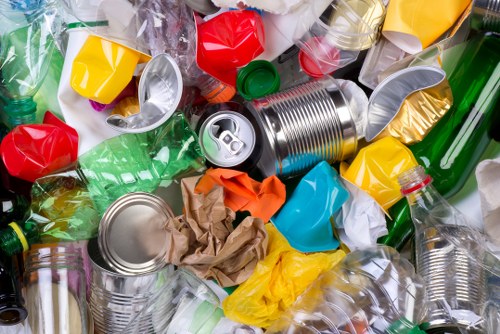
When it comes to bed disposal, many people find themselves unsure of the best way to handle their old mattresses and bed frames. Proper disposal is not only a matter of cleanliness but also of environmental responsibility. In this comprehensive guide, we'll explore the various aspects of bed disposal in bulky waste collection, providing you with the information you need to make informed decisions.
Bulky waste collection services are designed to handle large items that regular trash collectors cannot manage. Beds, being sizable and often containing materials that require special handling, fit perfectly into this category. Understanding how to navigate the disposal process can save you time, effort, and even money.
Moreover, improper disposal of beds can lead to environmental hazards. Mattresses contain materials like springs, foam, and chemicals that can be harmful if not disposed of correctly. Therefore, utilizing bulky waste collection services ensures that these materials are recycled or disposed of in an eco-friendly manner.
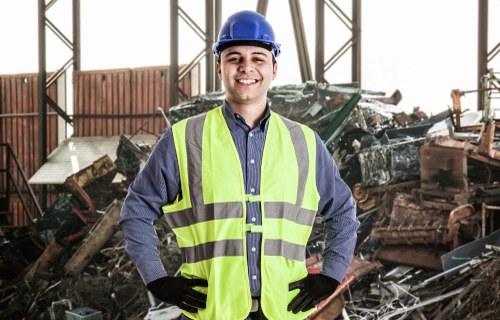
The Importance of Proper Bed Disposal
Proper bed disposal is crucial for several reasons. Firstly, it helps maintain a clean and organized living space by removing unnecessary large items that can clutter your home. Secondly, it contributes to environmental conservation by ensuring that recyclable materials are processed appropriately.
Furthermore, many municipalities have specific regulations regarding the disposal of bulky waste. Ignoring these guidelines can result in fines or penalties. By adhering to proper disposal methods, you not only comply with local laws but also support community efforts to manage waste efficiently.
Additionally, proper disposal can prevent potential health hazards. Old mattresses and beds can harbor allergens, mold, and pests, which can negatively impact indoor air quality and overall health. Timely removal through bulky waste collection services mitigates these risks.
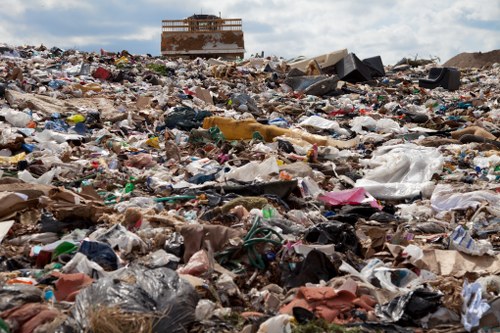
Options for Bed Disposal
Bulky Waste Collection Services
Most local governments offer bulky waste collection services, allowing residents to schedule pickups for large items like beds. These services are typically free or offered at a nominal fee, depending on the municipality.
Advantages:
- Convenient and scheduled pickups
- Environmentally responsible disposal
- Compliance with local regulations
Recycling Centers
Recycling centers provide an alternative method for disposing of beds, especially if parts of the bed can be repurposed. Metal frames, wooden components, and even some foam materials can often be recycled.
Benefits:
- Reduces landfill waste
- Supports sustainable practices
- Potential for material reuse
Donation and Resale
If your bed is still in usable condition, consider donating it to local charities or selling it through online marketplaces. This not only benefits others but also extends the life of your furniture.
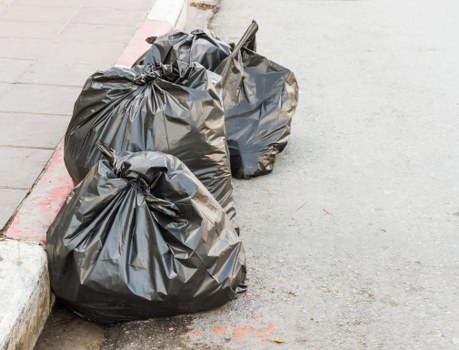
Steps to Prepare Your Bed for Disposal
Disassemble the Bed
Start by disassembling the bed frame and removing the mattress and any other components. This makes it easier to transport and handle during the collection process.
Clean and Inspect
Ensure that the bed is free from excessive dirt and debris. For donation purposes, a clean bed increases the chances of it being accepted by charities.
Check Local Guidelines
Different areas may have varying rules for bulky waste disposal. It's essential to familiarize yourself with these guidelines to ensure compliance and avoid unnecessary delays.
Schedule a Pickup
Contact your local bulky waste collection service to arrange a pickup time. Provide necessary details such as the size of the bed and any special instructions.
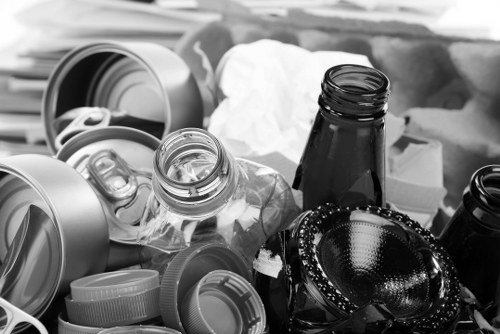
Understanding Regulations and Guidelines
Each municipality has its own set of regulations governing bulky waste disposal. These may include designated pickup days, limitations on the number of items, and specific preparation requirements.
Failure to adhere to these guidelines can result in rejected pickups or fines. Therefore, it's advisable to consult your local waste management authority or visit their official website for detailed information.
Common Regulations
- Advance scheduling of pickups
- Proper labeling and placement of items
- Separation of recyclable and non-recyclable materials
Compliance Tips
- Research local disposal rules
- Prepare items as per guidelines
- Schedule pickups in advance
- Follow up to ensure successful collection
Environmental Impact of Bed Disposal
Improper disposal of beds contributes significantly to landfill waste, where materials like foam and metal can take decades to decompose. Additionally, the production of new mattresses and bed frames requires substantial resources, including water, energy, and raw materials.
By utilizing bulky waste collection services that prioritize recycling and responsible disposal, you help reduce the environmental footprint associated with bed disposal. Recycling can reclaim valuable materials, minimizing the need for new resource extraction.
Benefits of Environmentally Friendly Disposal
- Conservation of natural resources
- Reduction of greenhouse gas emissions
- Prevention of soil and water contamination
Encouraging Sustainable Practices
Adopting sustainable disposal methods sets a positive example for the community. It promotes awareness about environmental issues and encourages others to follow suit, fostering a culture of responsibility and care for the planet.
Costs and Scheduling
The cost of bulky waste collection can vary based on location, the size of the item, and the frequency of service. Some municipalities offer free pickups periodically, while others may charge a fee for every pickup or for additional items.
Factors Influencing Cost
- Geographical location
- Item dimensions and weight
- Service frequency and scheduling
Scheduling Tips
- Plan ahead to avoid last-minute hassles
- Consolidate items for fewer pickups
- Check for discounts or free pickup days
To manage costs effectively, consider bundling multiple items for disposal during a single collection, thereby reducing the number of pickups required.
Tips for Efficient Bed Disposal
Plan Ahead
Start preparing your bed for disposal well in advance of the scheduled pickup. This includes disassembling components and ensuring all parts are ready for collection.
Use Protective Coverings
Protect your bed parts with coverings to prevent damage during transportation and handling. This also helps maintain cleanliness for donation purposes.
Explore Recycling Options
Research local recycling centers that accept mattress materials. Recycling not only benefits the environment but can also provide you with potential tax deductions if you donate.
Consult Professionals
If you're unsure about the disposal process, consider hiring a professional bulky waste removal service. They can handle the logistics, ensuring that your bed is disposed of correctly and efficiently.
Stay Informed
Keep up-to-date with changes in local regulations and recycling technologies. Being informed empowers you to make the best choices for disposal.
Conclusion
Disposing of a bed through bulky waste collection is a responsible and practical solution that benefits both homeowners and the environment. By understanding the various disposal options, adhering to local guidelines, and planning ahead, you can ensure a smooth and efficient process.
Remember, proper disposal helps maintain community cleanliness, conserves natural resources, and minimizes environmental impact. Whether you choose to use municipal services, recycling centers, or donation platforms, each option contributes to a more sustainable future.
Ready to dispose of your old bed responsibly? Contact us today to schedule a bulky waste pickup and make a positive impact on your community and the environment.